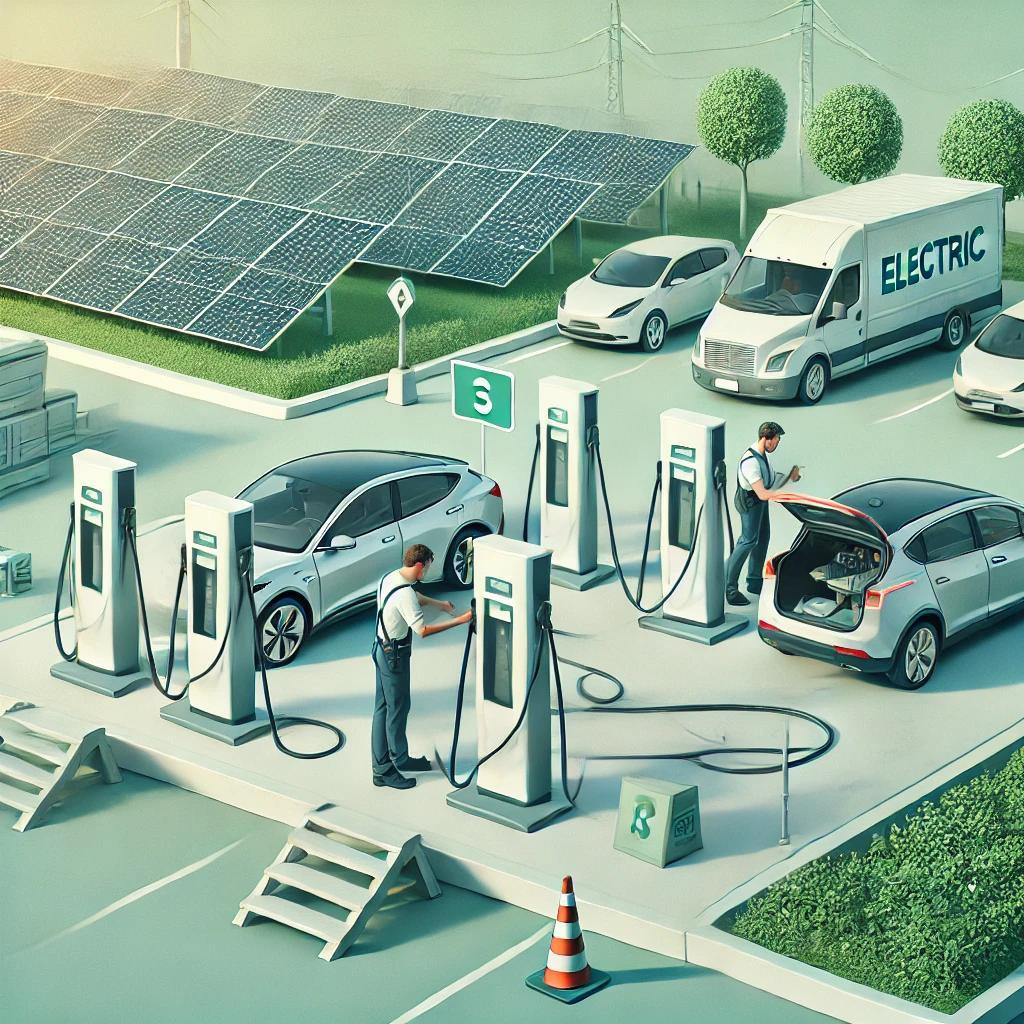Electric Cars and Implementing Charging Stations in Your Community

The concept of electric vehicles (EVs) is no longer confined to futuristic imaginings. With an increasing number of plug-in electric vehicles (PEVs) on the road, there is a growing demand for conveniently placed charging stations. This issue is particularly relevant to homeowners associations (HOAs), community associations, and condo boards nationwide.
EV Basics
Understanding electric vehicles involves recognizing more than just the all-electric models like the Nissan Leaf or the Tesla Model S. While these battery electric vehicles (BEVs) are dependent solely on battery power, the category also includes plug-in hybrid electric vehicles (PHEVs). PHEVs, such as the Chevrolet Volt and adaptations like the Toyota Prius Plug-In, come with both an electric motor and a gas-powered internal combustion engine. These vehicles can switch to gasoline when their battery power is low, offering flexibility to the driver. BEV owners rely entirely on electricity, typically getting 60-100 miles per charge, making proximity to charging stations crucial.
Community installation of EV charging stations offers numerous benefits, including meeting current and future needs of EV owners, promoting an eco-friendly image, and potentially increasing property values. So, what are the next steps for a community considering this investment?
1. Understanding Community Interest
While some homeowners might express an interest in EV chargers, it’s vital to assess the broader community needs. Conducting a survey of homeowners can provide insights into the level of interest and help guide decision-making.
2. Forming a Committee
Creating a committee of interested community members, including PEV owners where possible, is a good start. This group will research various charging options and potential vendors. Collaborating with property management can also provide crucial insights, and consulting with the association's attorney can help address any legal concerns.
3. Exploring Charging Options
Knowing the available charging options is essential. In residential communities, Level 1 and Level 2 charging are most common. Level 1 charging requires a simple 120-volt AC outlet, with minimal installation costs if outlets already exist. This option is ideal for overnight charging, albeit slowly, adding about five miles per hour of charging.
Level 2 charging, meanwhile, needs a dedicated circuit and professional installation but charges much faster, offering approximately 20 miles of range per hour of charging. Though it involves higher costs, it is a desirable option for community chargers.
4. Engaging an Electrical Contractor
An experienced electrical contractor can assess your community's current electrical infrastructure and advise on the most suitable options. They might also handle installations or recommend competent service providers. Property management companies often maintain strong relationships with skilled contractors, which can be beneficial.
5. Utility Company Involvement
Understanding the ongoing costs of operating a charging station is crucial. Contacting local utility companies can provide a clear picture of additional energy costs. Property management may negotiate better rates due to increased service demand.
6. Decision on Management and Ownership
Deciding on ownership and management of Level 2 charging stations is critical. Options include the HOA or community association owning and operating them, third-party management, or a combination thereof. The charging system could charge users either a flat monthly fee or based on energy usage.
7. Policy Revision
Once information is gathered, revising community policies to accommodate the new infrastructure may be necessary. Involvement from the association’s attorney is important in this process to make necessary amendments.
8. Resident Communication
Effective communication with residents about the new EV chargers is essential. This communication should be frequent and utilize multiple platforms, such as newsletters, emails, flyers, and virtual notifications, to ensure all residents are informed about the new amenities.
Electric vehicles are increasingly becoming a part of everyday life, and communities that facilitate this transition with charging stations not only enhance their appeal but also future-proof the lifestyle of their residents. By considering the installation of EV charging stations, community associations can provide valuable amenities, boost property value, and support sustainable living choices.





